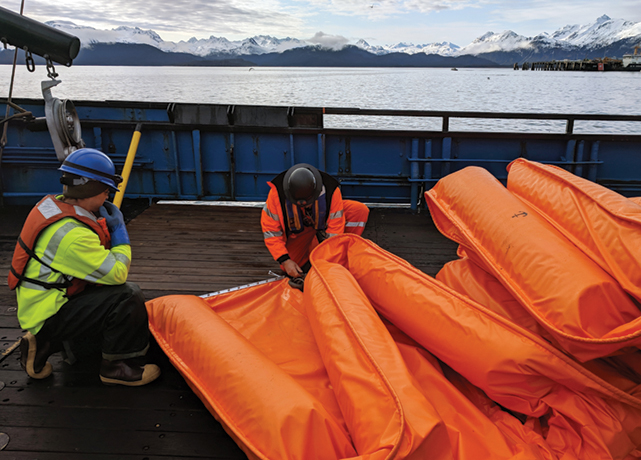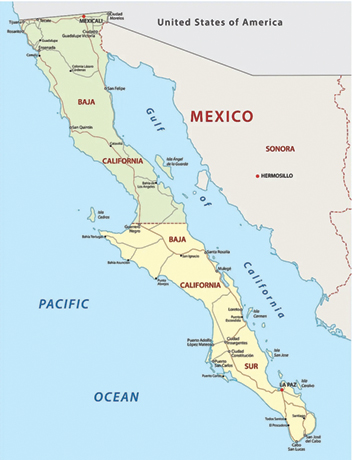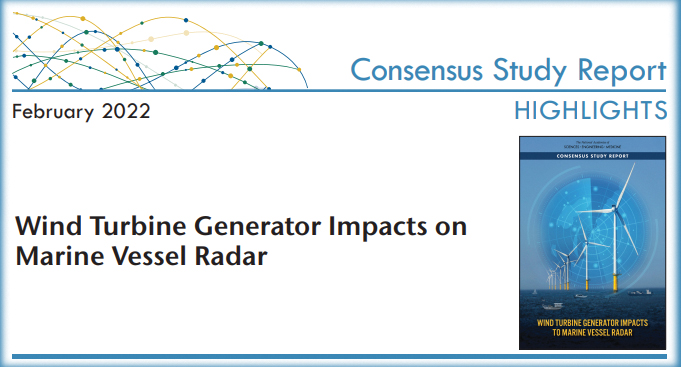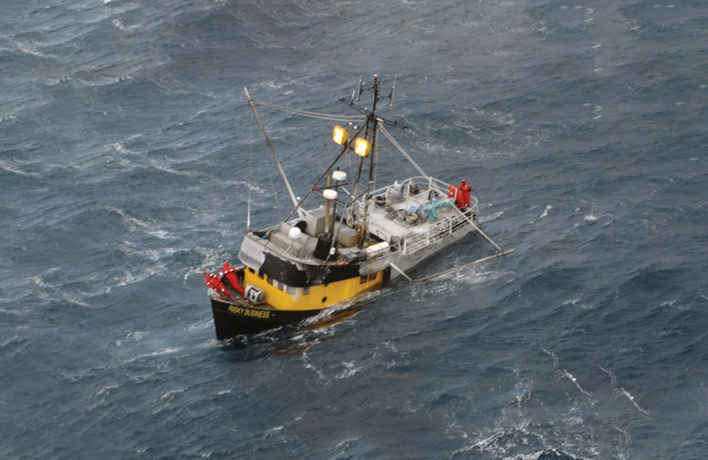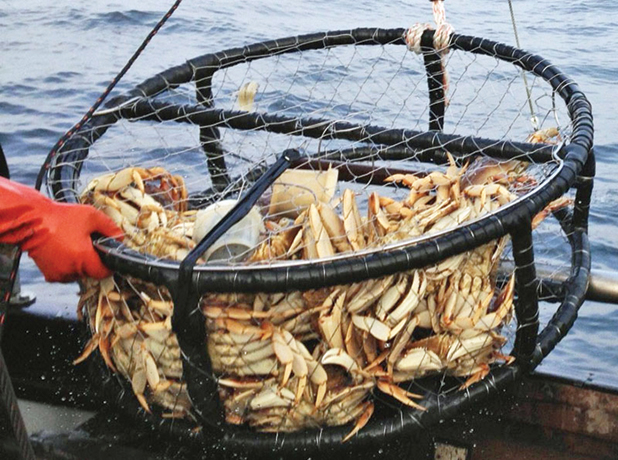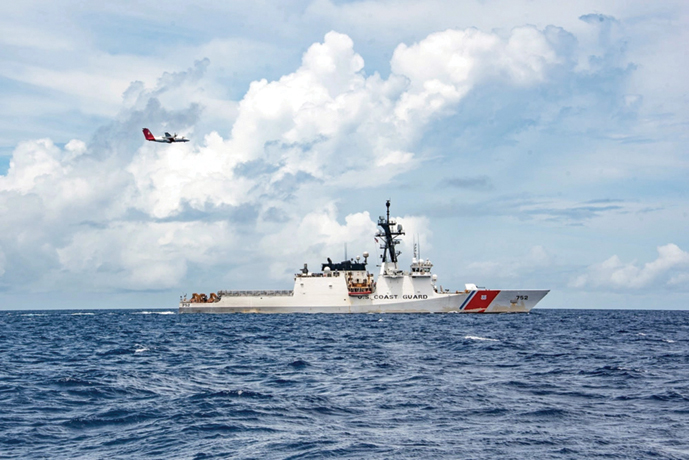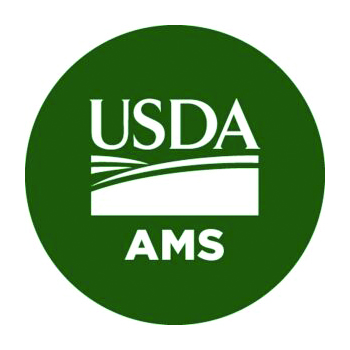Spill Response and Resiliency Profile: Resolve Marine
The word ‘resolve’ has multiple definitions, but two of the more commonly used meanings are ‘to settle or find a solution to a problem’ and ‘firm determination to do something.’ Both definitions fully apply to Resolve Marine, a global maritime solutions provider with a large presence on the West Coast.
Resolve, which has particularly large operations in Alaska, offers a range of services for commercial fishing boats, container ships and other types of vessels. They include emergency response, marine salvage and fire response, wreck removal, diving and underwater surveying, vessel stability modeling and remediation, coastal erosion control and recovery, wreck deposition, lightering, towing and damage-assessment services.
In an exclusive interview with Fishermen’s News, Todd Duke, the co...

